How do you pick the best projects and prioritize their sequence in your portfolio?
Identify your strengths and goals in your portfolio.
Introduction
A well-crafted design portfolio is more than just a collection of projects—it’s a reflection of your skills, creativity, and design thinking. For aspiring designers, selecting the right projects and presenting them effectively can make all the difference in standing out to recruiters, admissions panels, or clients. A strong portfolio not only showcases technical expertise but also tells a compelling story about your problem-solving approach and personal design philosophy. In this guide, we’ll explore how to curate, structure, and refine your portfolio to maximize its impact and align it with your career aspirations.
1. Focus on Quality Over Quantity

- Curate the Best Work: Instead of including every project you’ve ever worked on, select a few (3–5) high-quality projects that best demonstrate your skills and creativity. Each project should tell a story and showcase your design process.
- Highlight Depth: Show depth in your selected projects by providing detailed insights into your design thinking, problem-solving approach, and the steps you took from concept to execution.
2. Showcase a Range of Skills
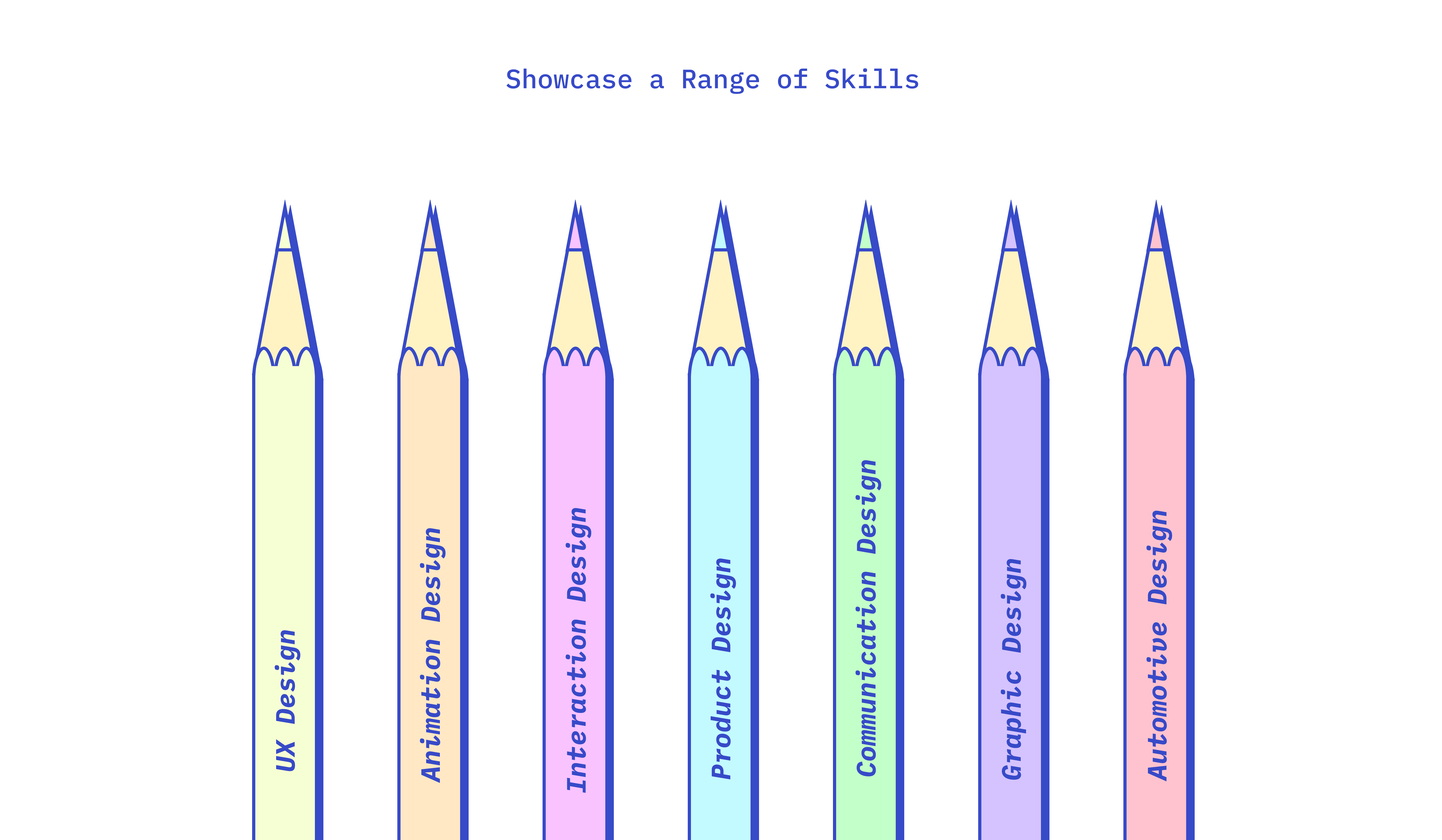
- Diverse Skill Set: Include projects that demonstrate a range of skills relevant to the program you’re applying for, such as sketching, 3D modeling, product design, interaction design, or animation. This shows versatility and adaptability.
- Technical and Creative Balance: Balance technical skills (e.g., precision in sketching, and understanding of materials) with creative problem-solving and innovative design thinking.
3. Tailor the Portfolio to the Desired Program

- Program Alignment: Customize your portfolio to reflect the focus of the program you’re applying to. If the program emphasizes interaction design, highlight relevant projects that showcase your ability in that area.
- Specific Examples: Use examples that directly relate to the field you’re entering, such as user interfaces for interaction design or product prototypes for industrial design.
4. Demonstrate the Design Process
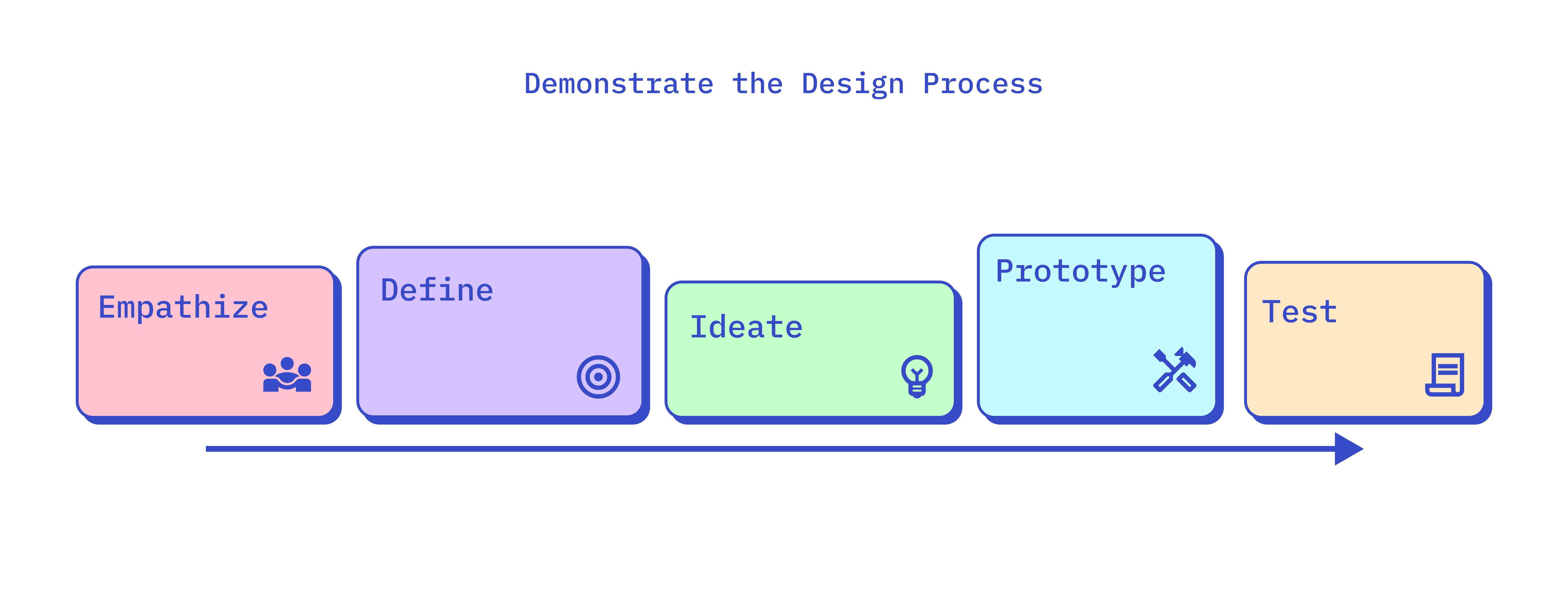
- Step-by-Step Breakdown: For each project, include a clear narrative that explains the problem you were addressing, your research and ideation process, the development of the concept, and the final outcome.
- Visual Storytelling: Use sketches, diagrams, prototypes, and final designs to visually tell the story of each project. This helps the reviewer understand how you think and work through design challenges.
5. Incorporate Personal Projects and Interests
- Show Passion Projects: Including personal projects that you’re passionate about can add a unique touch to your portfolio. These projects often reflect your true interests and creativity beyond academic or professional work.
- Unique Approaches: Don’t be afraid to showcase unconventional or experimental work if it demonstrates your creativity and willingness to take risks in design.
Note
Its not “your” portfolio if you dont put something that reflects you in the projects.
6. Keep It Concise and Organized
- Limit Length: Aim to keep your portfolio concise, typically within 10–12 pages. Each project should be clearly organized, with a logical flow from one section to the next.
- Easy Navigation: Ensure your portfolio is easy to navigate, whether it’s a physical book or a digital presentation. Clear headings, captions, and a well-structured layout help the reviewer follow your thought process.
7. Prepare to Discuss Your Work
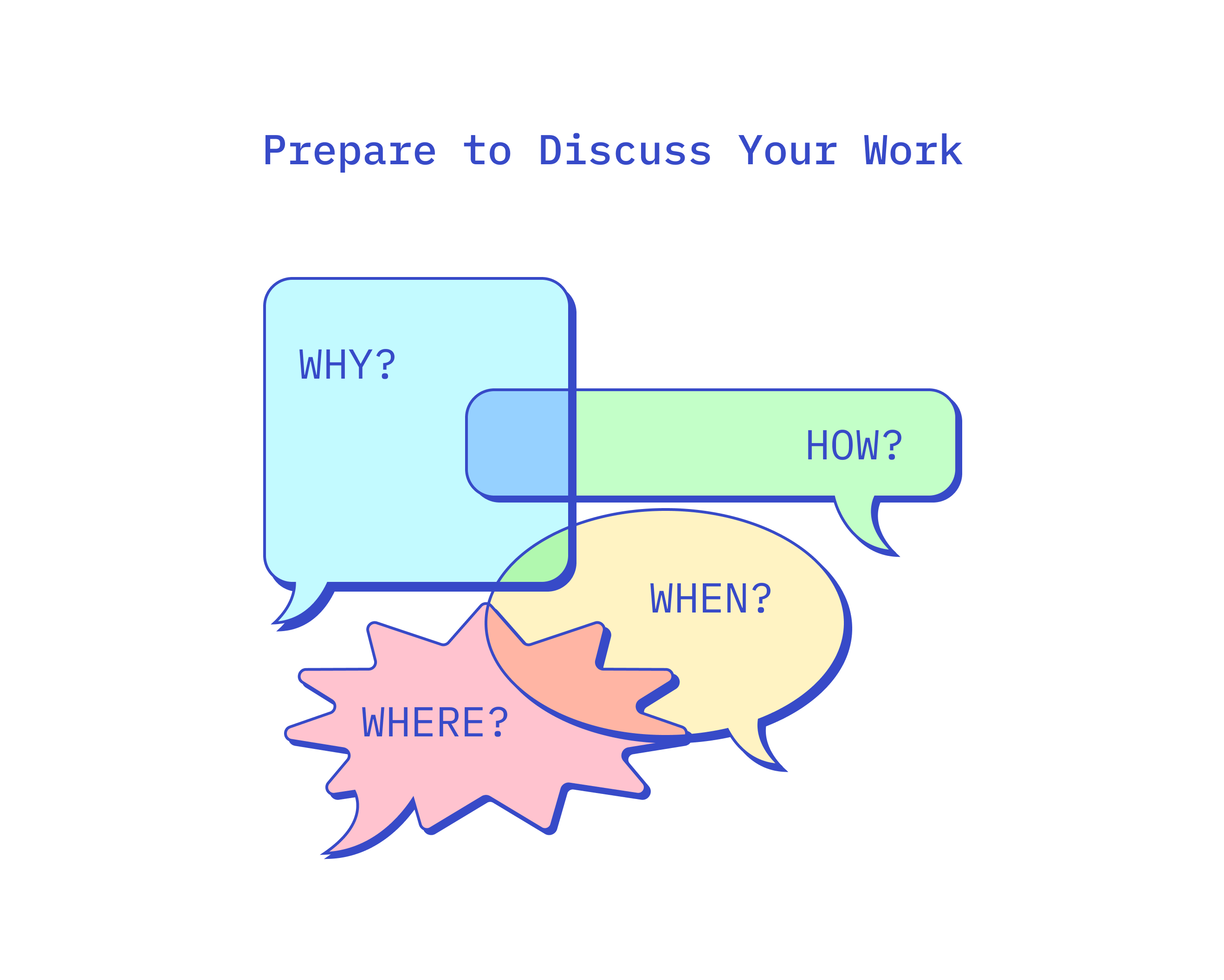
- Practice Presentation: Be ready to discuss each project in detail during the interview. Practice explaining your design choices, the challenges you faced, and how you overcame them.
- Reflect on Feedback: Consider including a brief reflection on any feedback you received and how you incorporated it into your work. This shows your ability to learn and adapt.
8. Use Visual Consistency
- Cohesive Design: Ensure that your portfolio has a cohesive visual style, with consistent fonts, colors, and layout. This not only makes it more visually appealing but also demonstrates your attention to detail.
- Professional Presentation: Whether digital or printed, your portfolio should be professionally presented. High-quality images, clean layouts, and a polished overall look are essential.
9. Include a Strong Introduction and Conclusion
- Introduction: Start with a brief introduction that summarizes who you are as a designer, your key skills, and what you aim to achieve through the portfolio.
- Conclusion: End with a strong conclusion that reiterates your strengths, your enthusiasm for the field, and your readiness for the next step in your design career.
Note
Serial Position Effect
The Serial Position Effect in UX highlights that users are more likely to remember the first (Primacy Effect) and last (Recency Effect) items in a list, which can be leveraged to prioritize key information or actions.
10. Get Feedback and Iterate
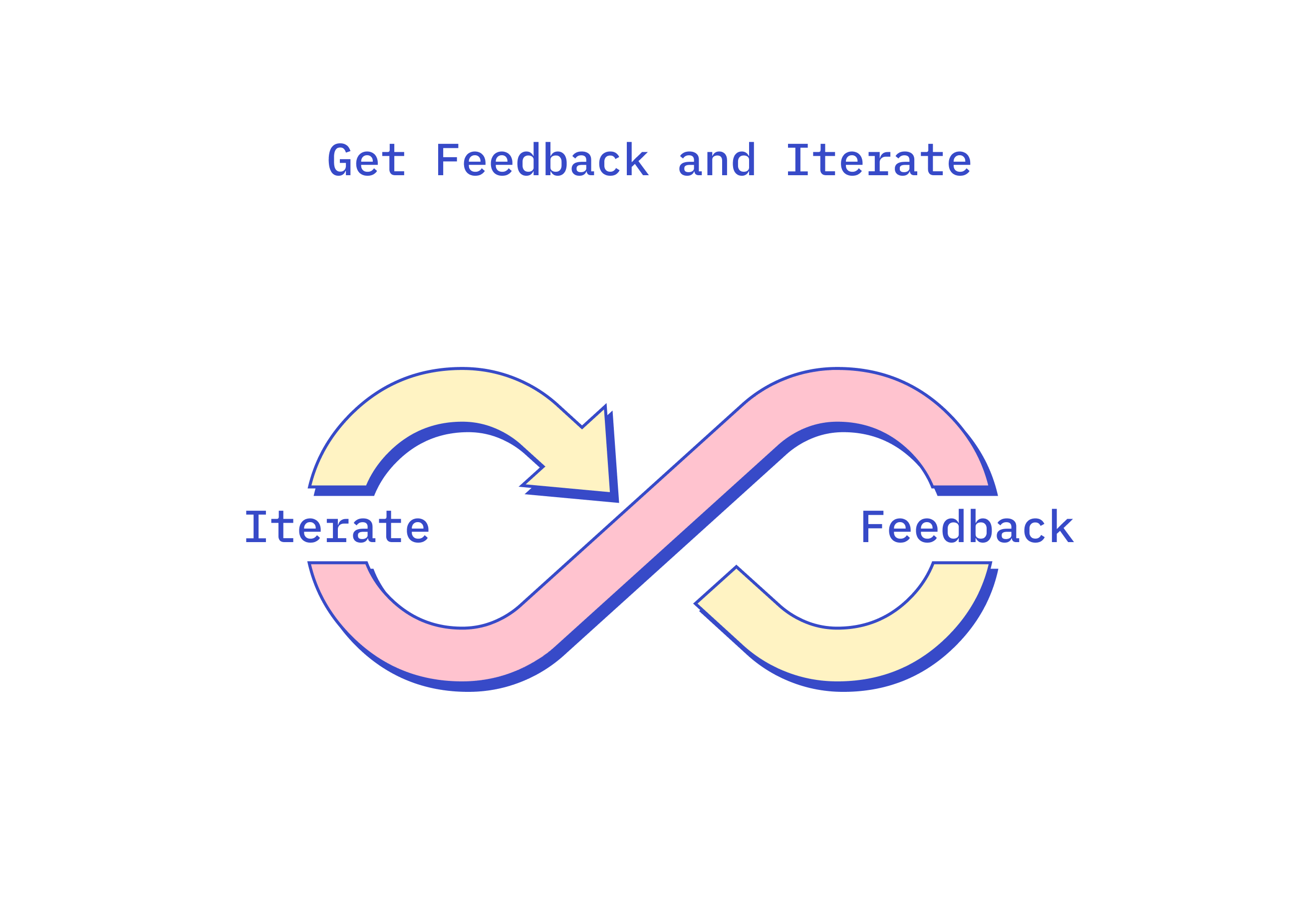
- Peer and Mentor Reviews: Seek feedback from peers, mentors, and professionals in the field. Use their insights to refine and improve your portfolio before submitting it.
- Iterative Improvement: Continuously update and improve your portfolio as you gain more experience and complete new projects. An up-to-date portfolio reflects your current skills and achievements.
Conclusion
In conclusion, crafting a standout design portfolio requires a thoughtful balance of quality, diversity, and alignment with your goals. By curating high-impact projects, showcasing a range of skills, and tailoring your presentation to the program or role you’re pursuing, you can create a compelling narrative of your design journey.
Focus on clear storytelling, visual consistency, and professional presentation, while also incorporating personal passion projects to highlight your unique creativity.
Finally, treat your portfolio as a living document seek feedback, iterate, and continuously refine it to reflect your growth and evolving expertise.
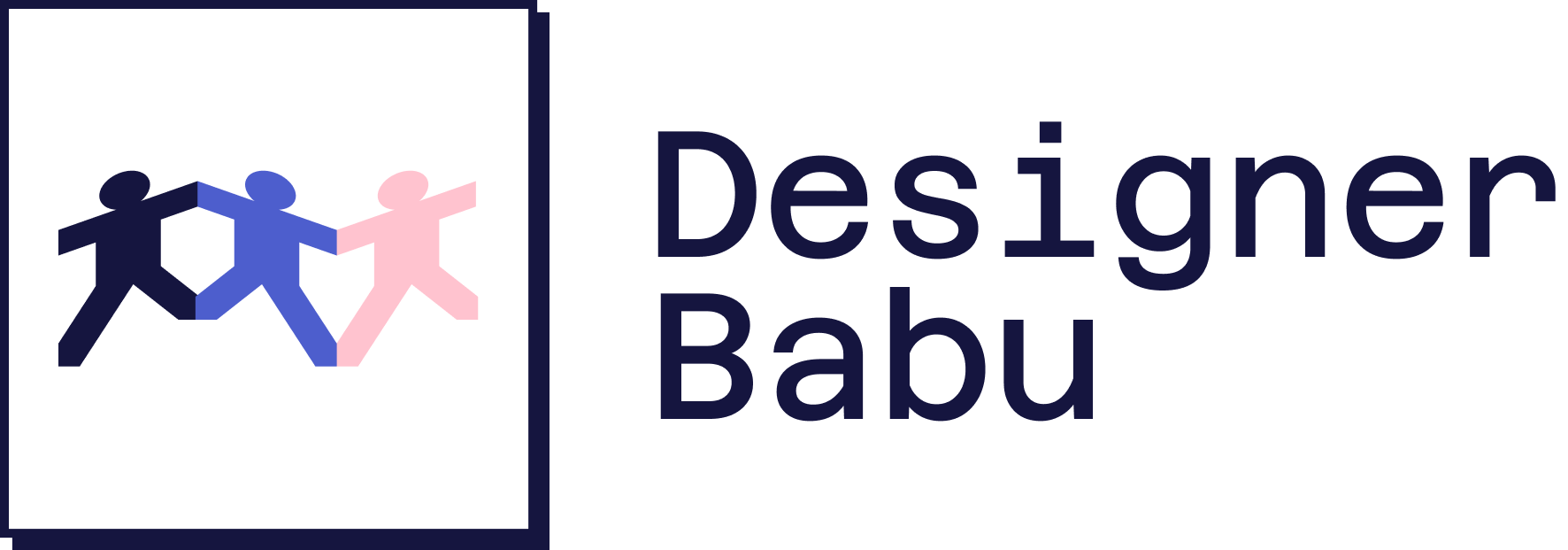
Leave a Reply